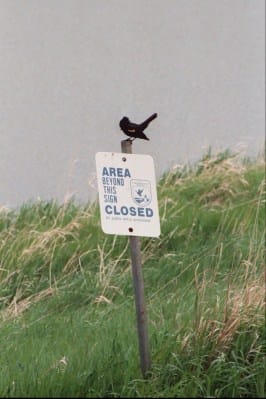
One hundred years ago, conservation didn’t exist. There were actions that illustrated the protection of renewable natural resources such as the founding of the U.S. Forest Service and the U.S. Fish and Wildlife Service, and there were even actions that encompassed preservation of natural resources as the development of the National Wildlife Refuge systems did. Yet conservation wasn’t imagined.
It took a young forester from Connecticut named Gifford Pinchot, the first American forester, to notice the lack of a term that captured both “wise-use” and “sustainable yield”.
The turn of the century brought Pinchot’s appointment as Chief of the Forest Service placing him directly in charge of the nations timber reserves, a resource plagued by wildfire and under management. Pinchot needed a way to explain to Congress the importance of “wise-use” and “sustainable yield” to promote future needs. It wasn’t until 1907 that Gifford created his own answer in the coining of the word “conservation” from Latin termscon (together) and servare (to guard).
The charismatic Pinchot shared his new declaration with close associate Theodore Roosevelt, then President of the U.S., who embraced the new idea immediately. Together Pinchot and Roosevelt pushed Congress to adopt conservation into its agenda and politics. Instantly a word, philosophy, mission and lasting movement sprang into life setting forth policy and paradigms equally unique to America and its natural resources—a donation to society through which both men would be immortalized.
One hundred years. A time period that is both long and short. Long ago in 1907, Albert Einstein would finally hypothesize that E =mc2. Henry Ford’s first production Model T was slated to be built the next year. Women were unable to vote, the 9th Amendment to be passed in Congress in 1919. Oklahoma would was granted statehood to the Union, it’s 46th, while Arizona and New Mexico would wait until 1912. However a century is short. Most immediate family trees can be traced back a century with ease. There are certainly people who are living today, a single lifespan, that have first-hand memories of 1907.
To measure the success of Pinchot’s conservation movement, one needs not to be a historian. Conservation has infiltrated every discipline and theory of natural resources, as well as the sciences of biology, ecology, and genetics, even social sciences. It can be equally simple and complex; catch-and-release programs, tree planting, and responsible hunting take little effort to achieve conservation practicum, while habitat management, balanced land-use and ensuring genetically diverse ecosystems require more mental and physical energy.
Pinchot created a legacy, not only in how government manages its resources, but also in how people govern their own actions. Certainly conservation is a science and movement, but it is also a philosophy that can be handed down generation-to-generation, ensuring our natural heritage exists for future tomorrows.
This year is a celebration then, truly, for a century of conservation with its common sense practice, and careful, deliberate planning and management. It is a devotion to all things natural and wild, and an understanding that another hundred years of conservation is only a generation away.



